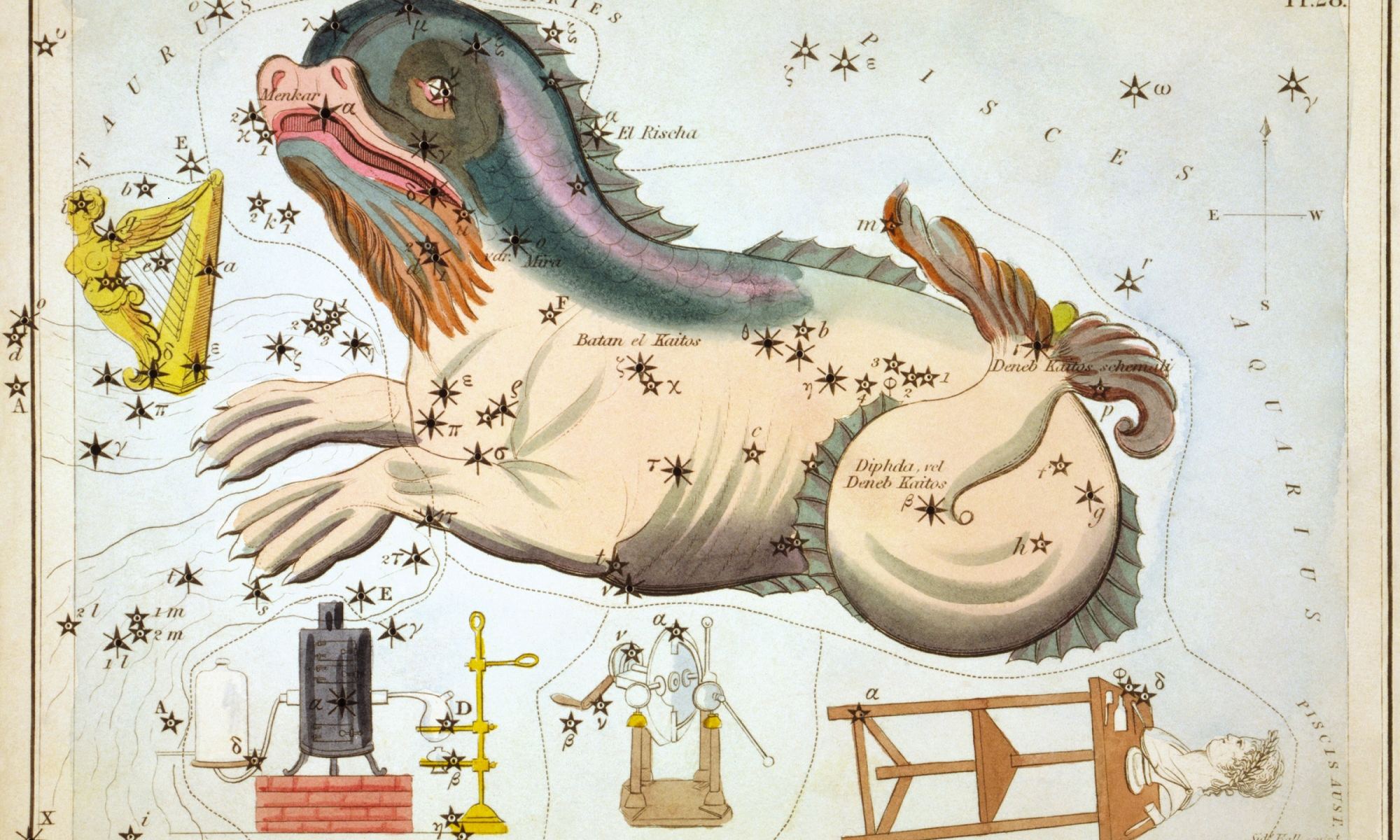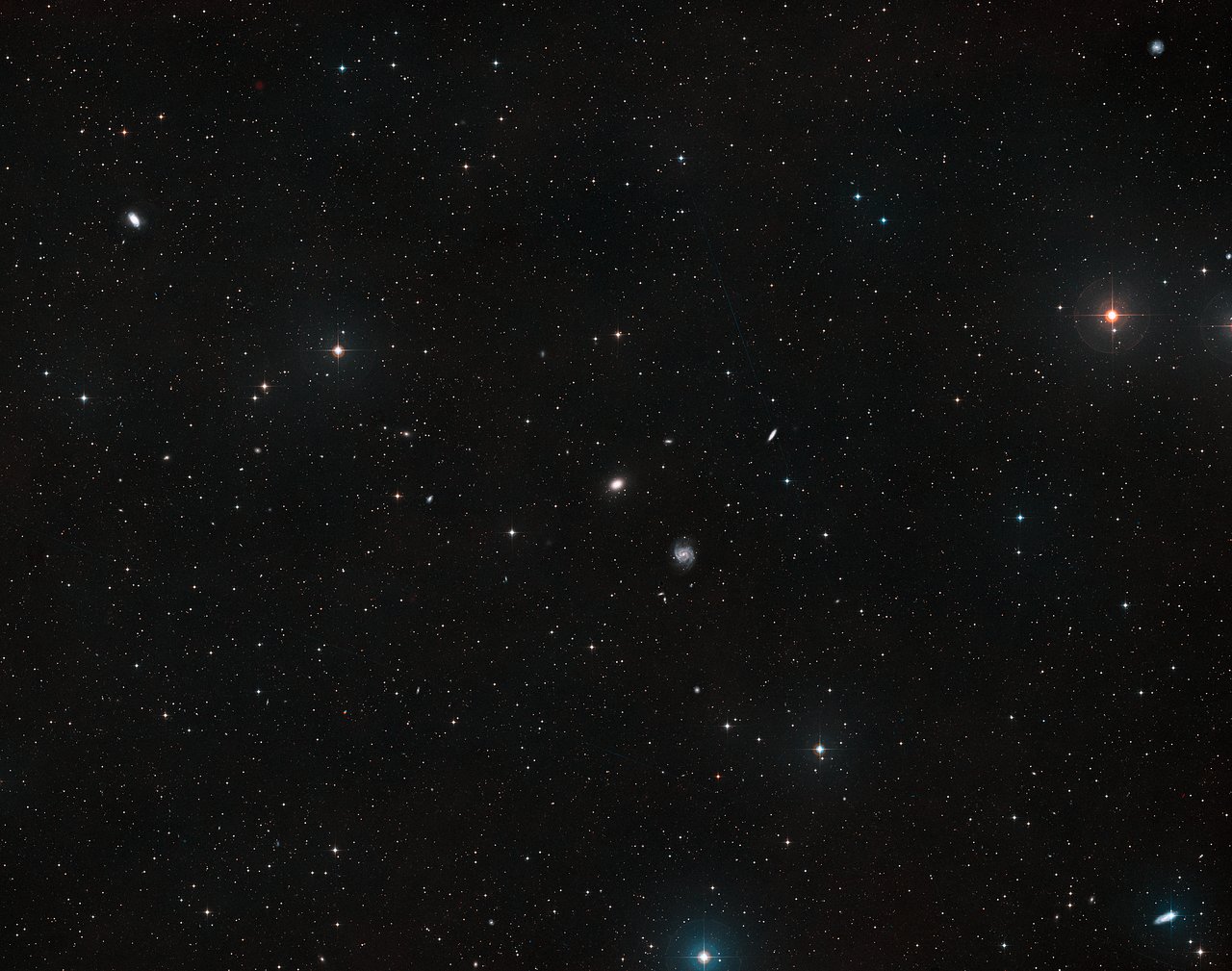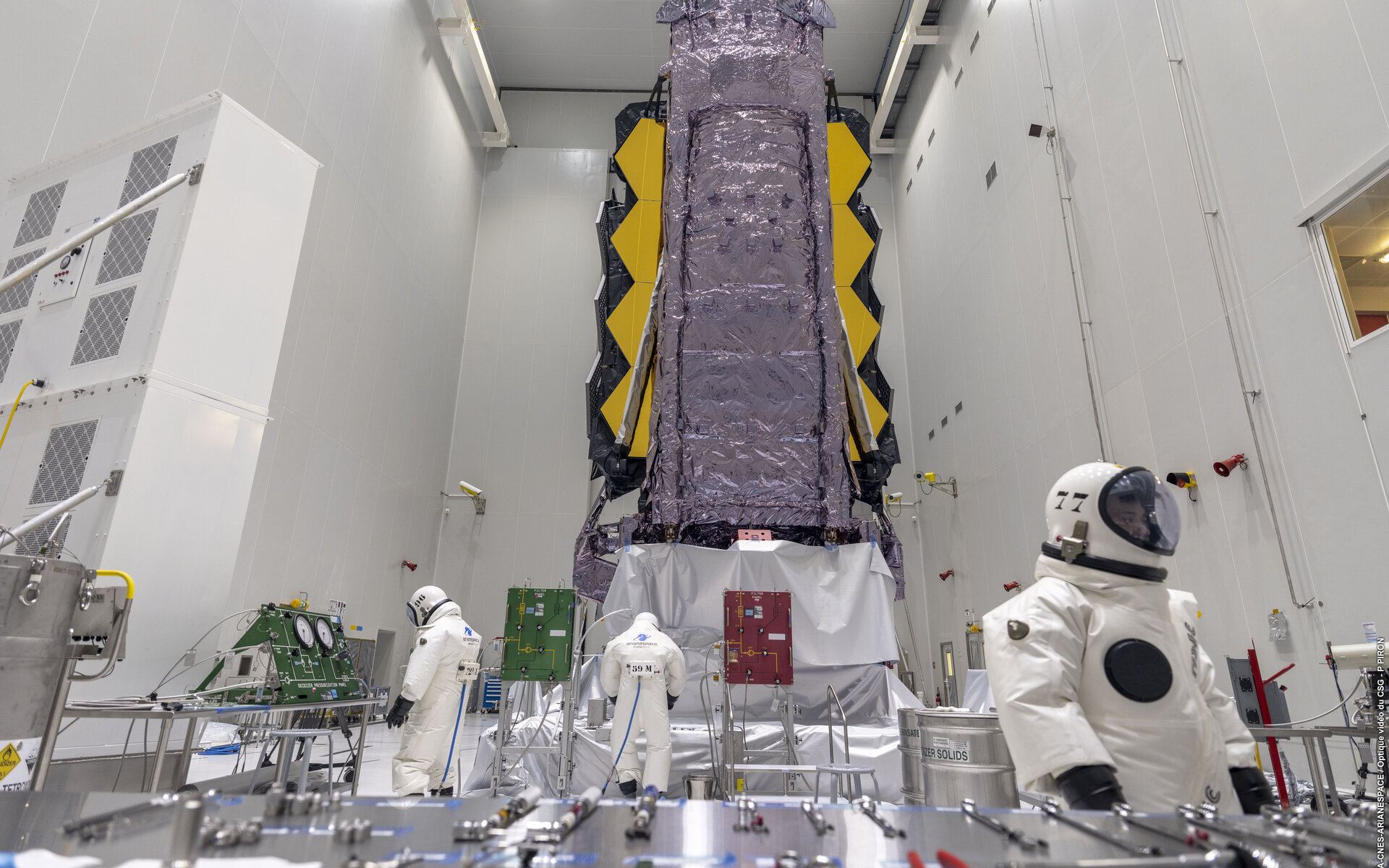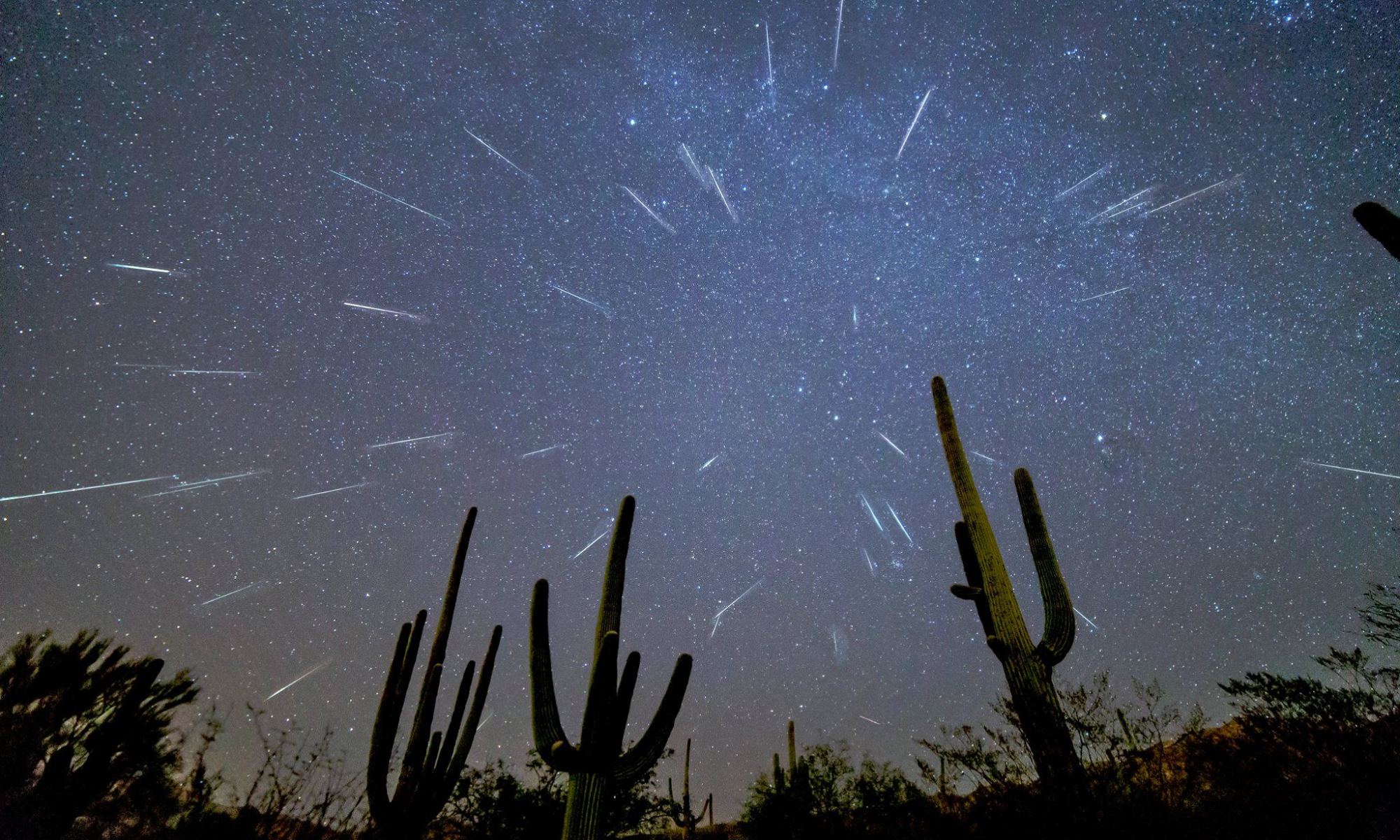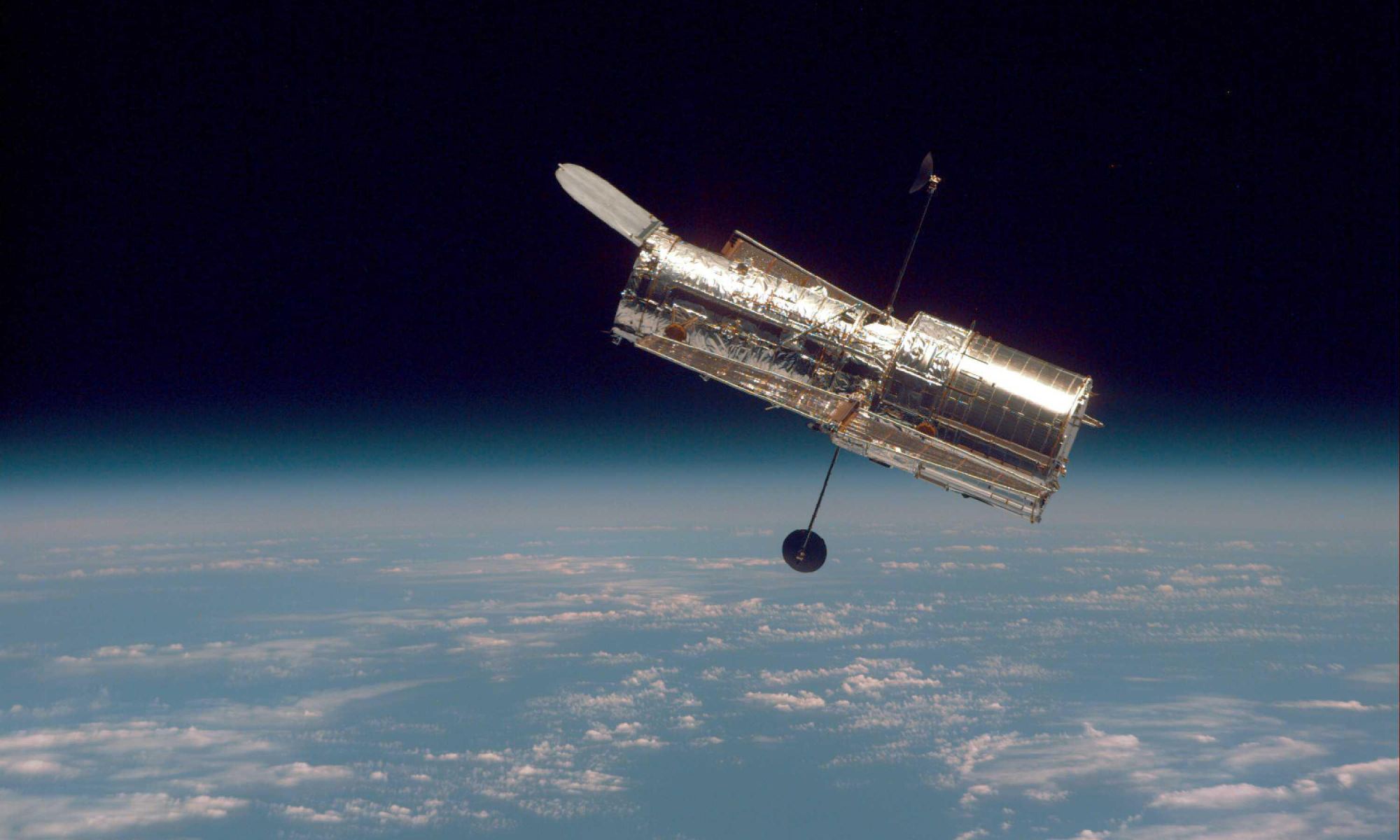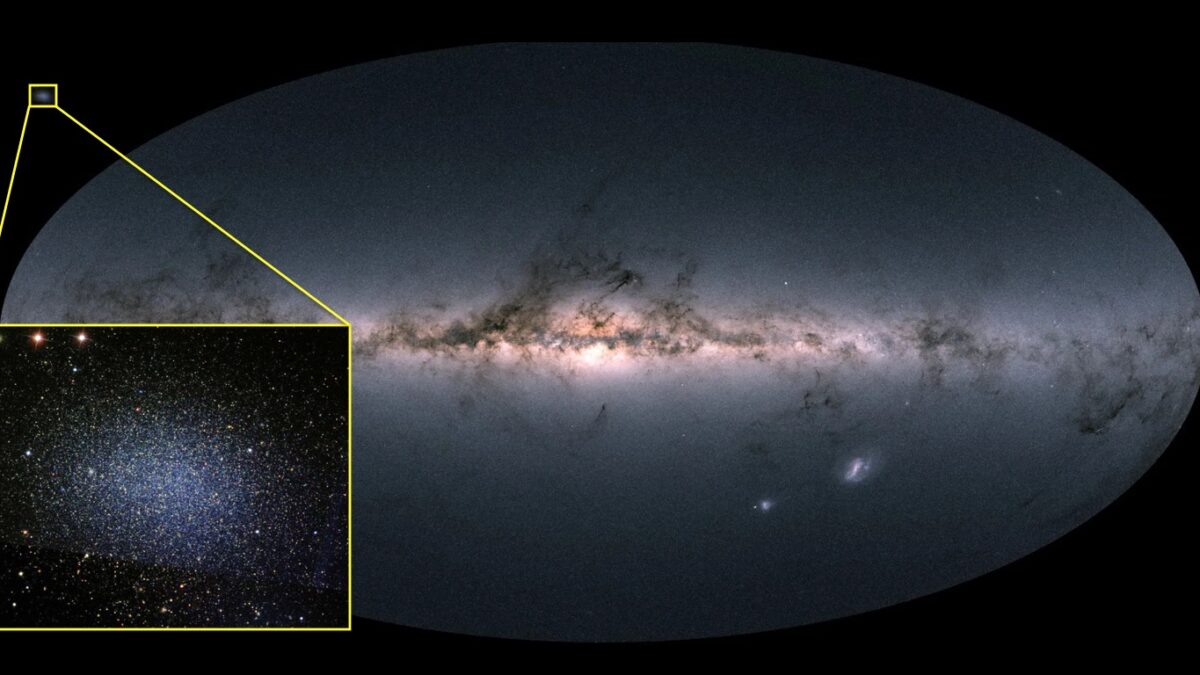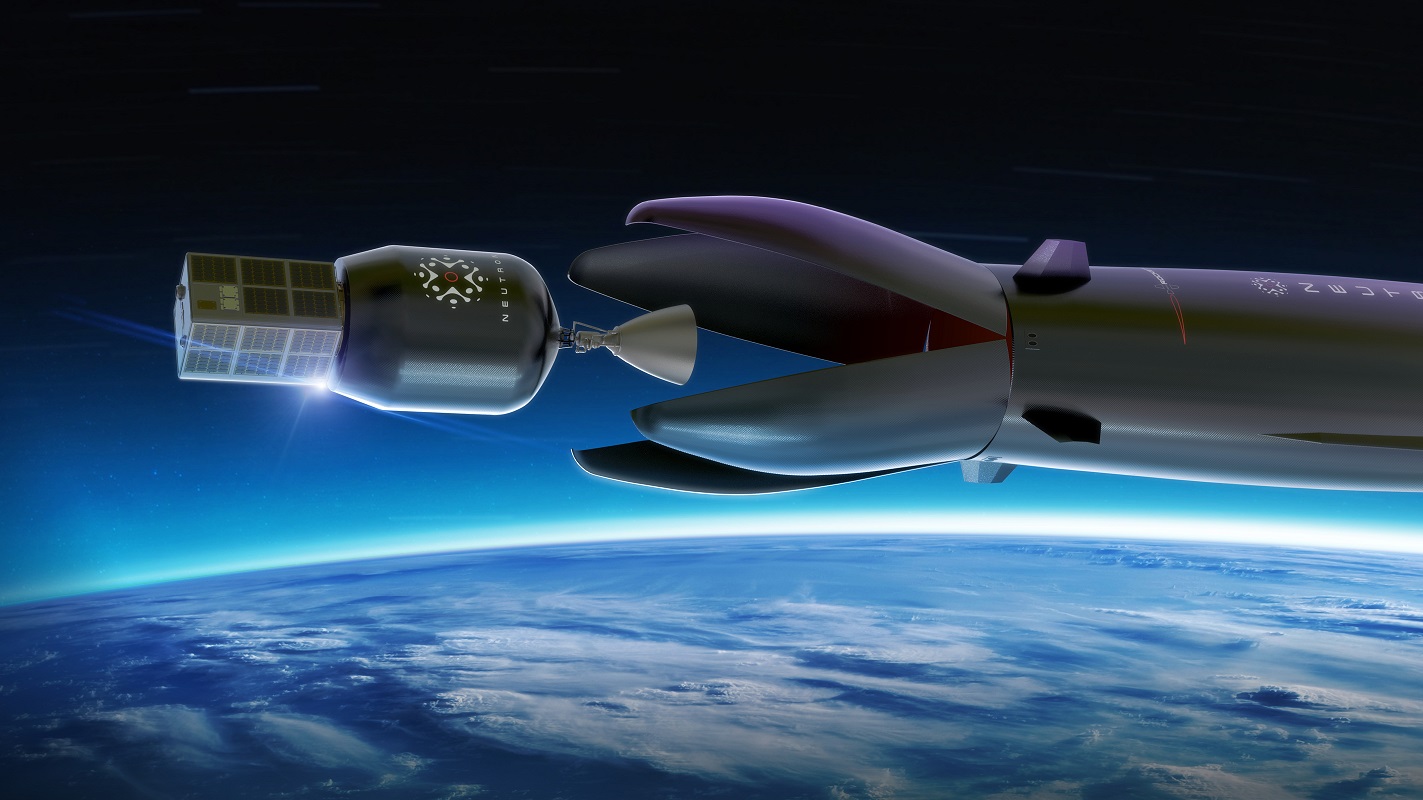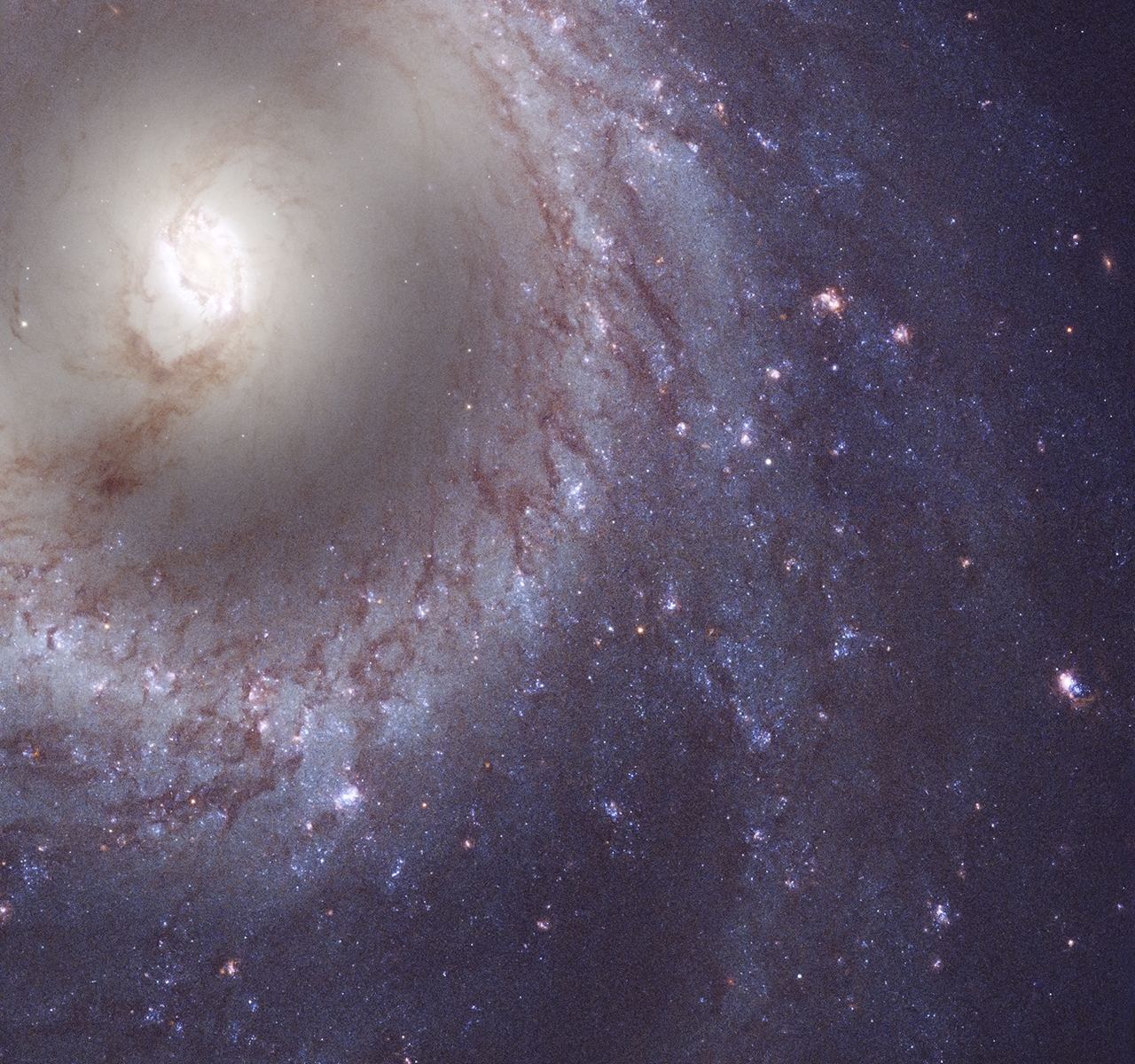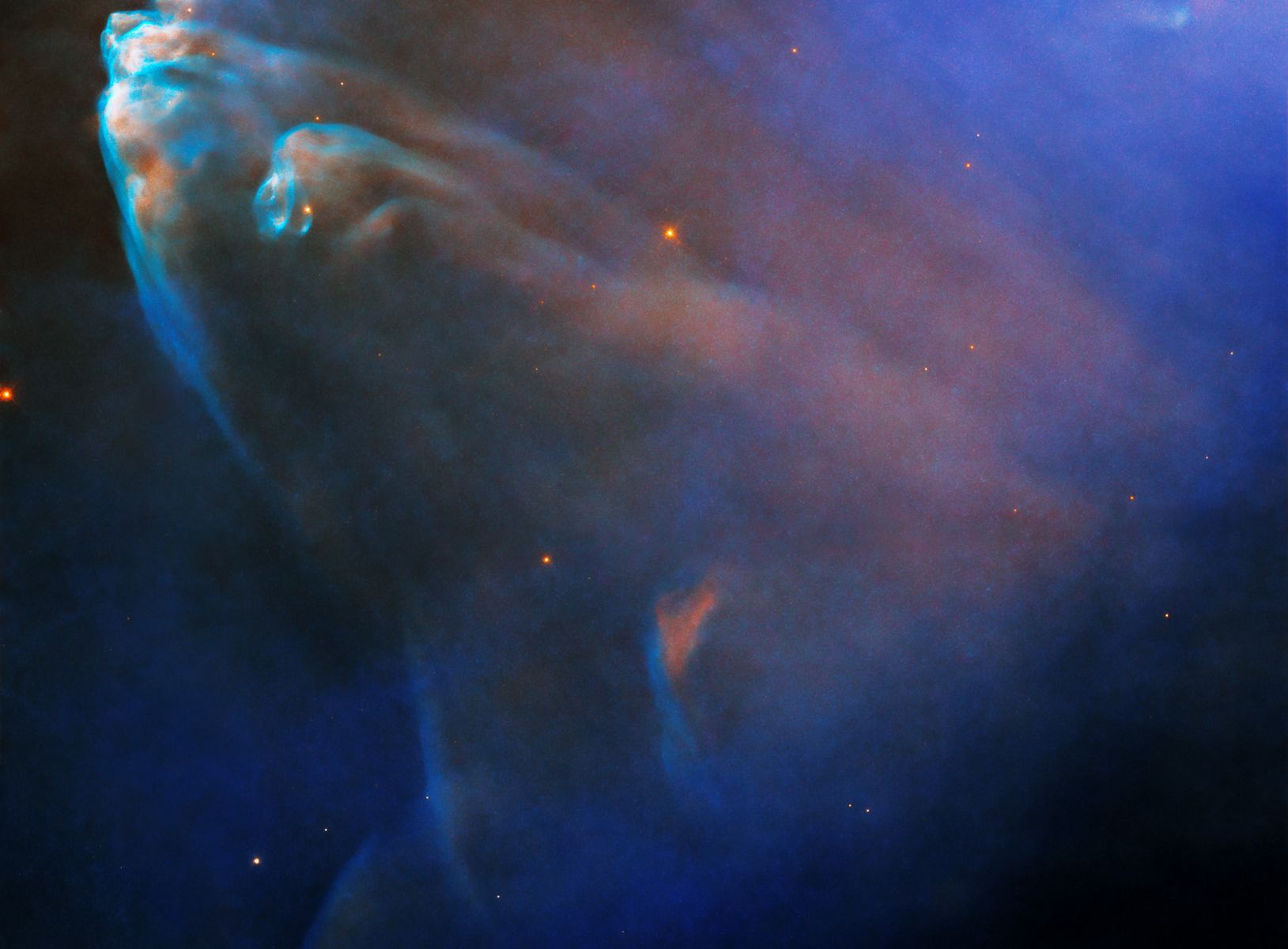Welcome to another edition of Constellation Friday! Today, in honor of the late and great Tammy Plotner, we take a look at “the Furnace” – the Fornax constellation. Enjoy!
In the 2nd century CE, Greek-Egyptian astronomer Claudius Ptolemaeus (aka. Ptolemy) compiled a list of the then-known 48 constellations. This treatise, known as the Almagest, would be used by medieval European and Islamic scholars for over a thousand years to come, effectively becoming astrological and astronomical canon until the early Modern Age. This list has since come to be expanded to include the 88 constellation that are recognized by the International Astronomical Union (IAU) today.
Among the updated list is the constellations Fornax, a relatively obscure constellation in the southern sky that is noted for the many bright galaxies it is associated with (the Fornax Cluster). This constellation was added French astronomer Nicolas Louis de Lacaille in the mid-18th century and is therefore part of the Lacaille family, which includes with Antlia, Caelum, Circinus, Horologium, Mensa, Microscopium, Norma, Octans, Pictor, Reticulum, Sculptor, and Telescopium.
Continue reading “The Constellation Fornax”
